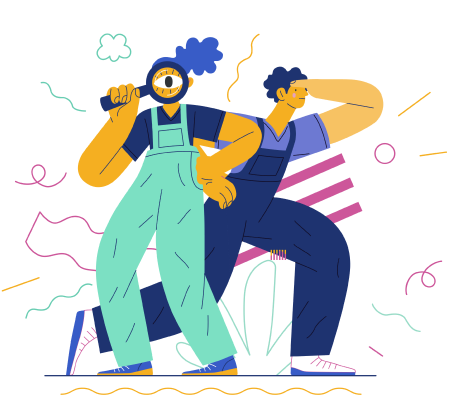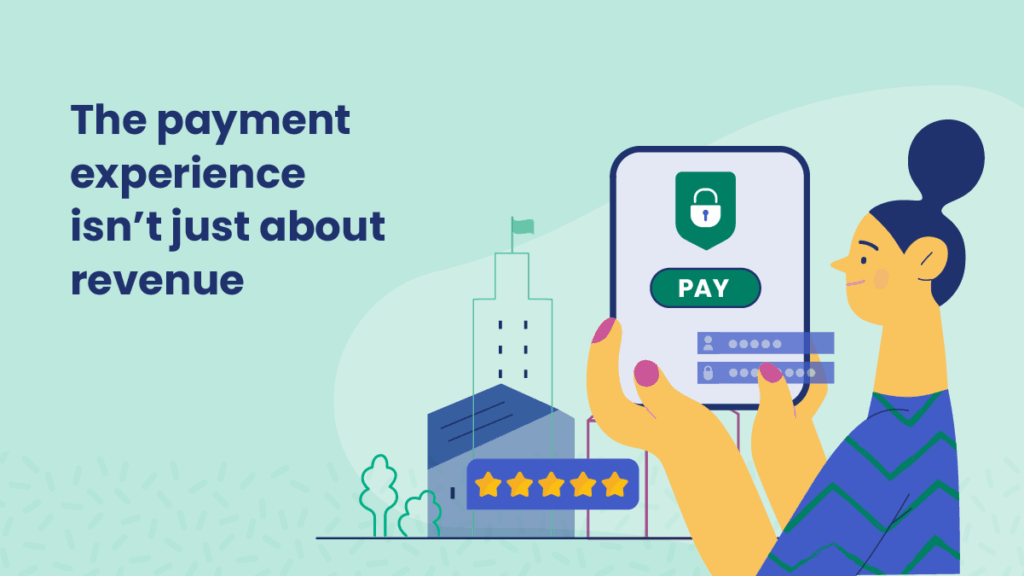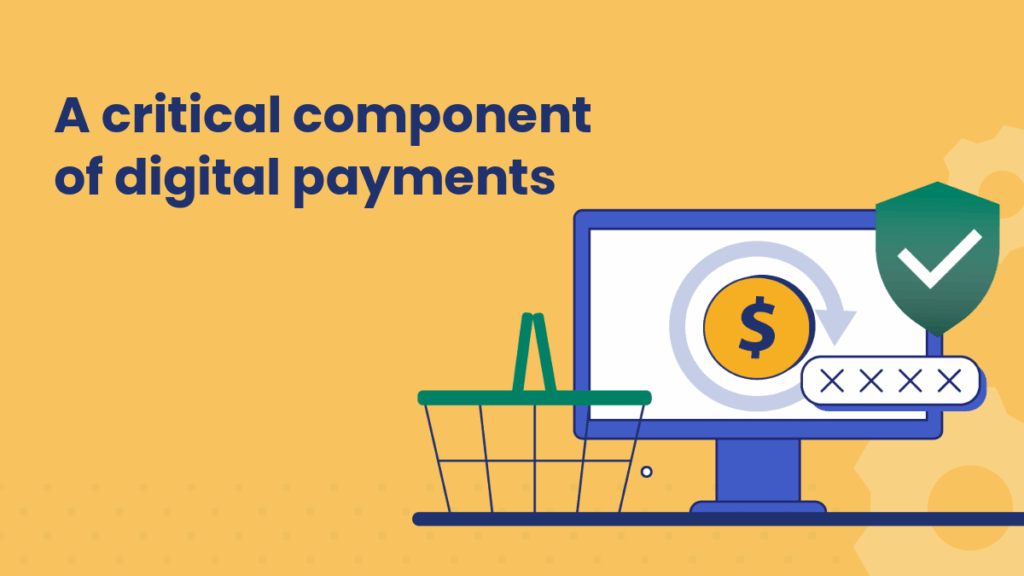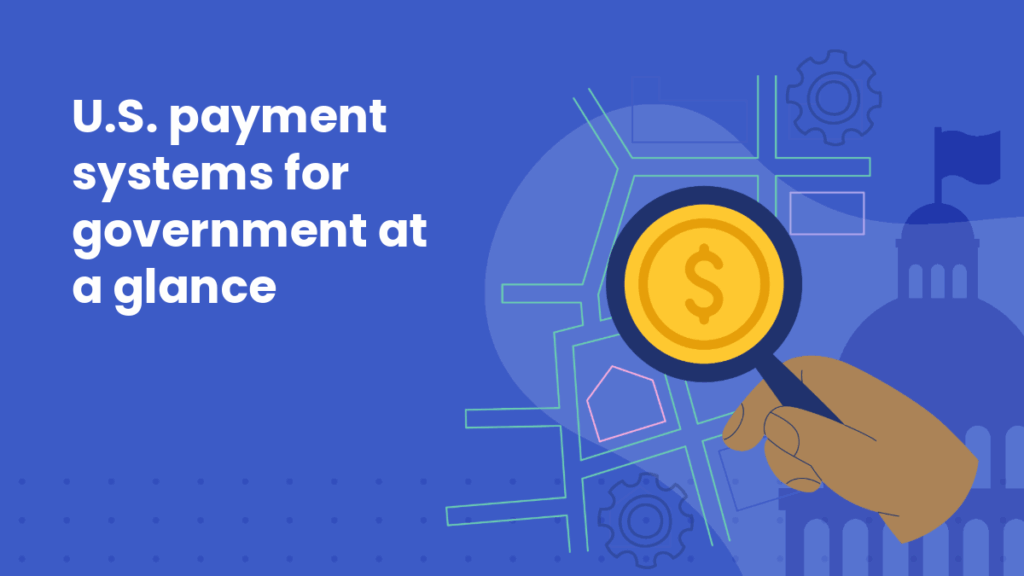How to build lasting customer engagement
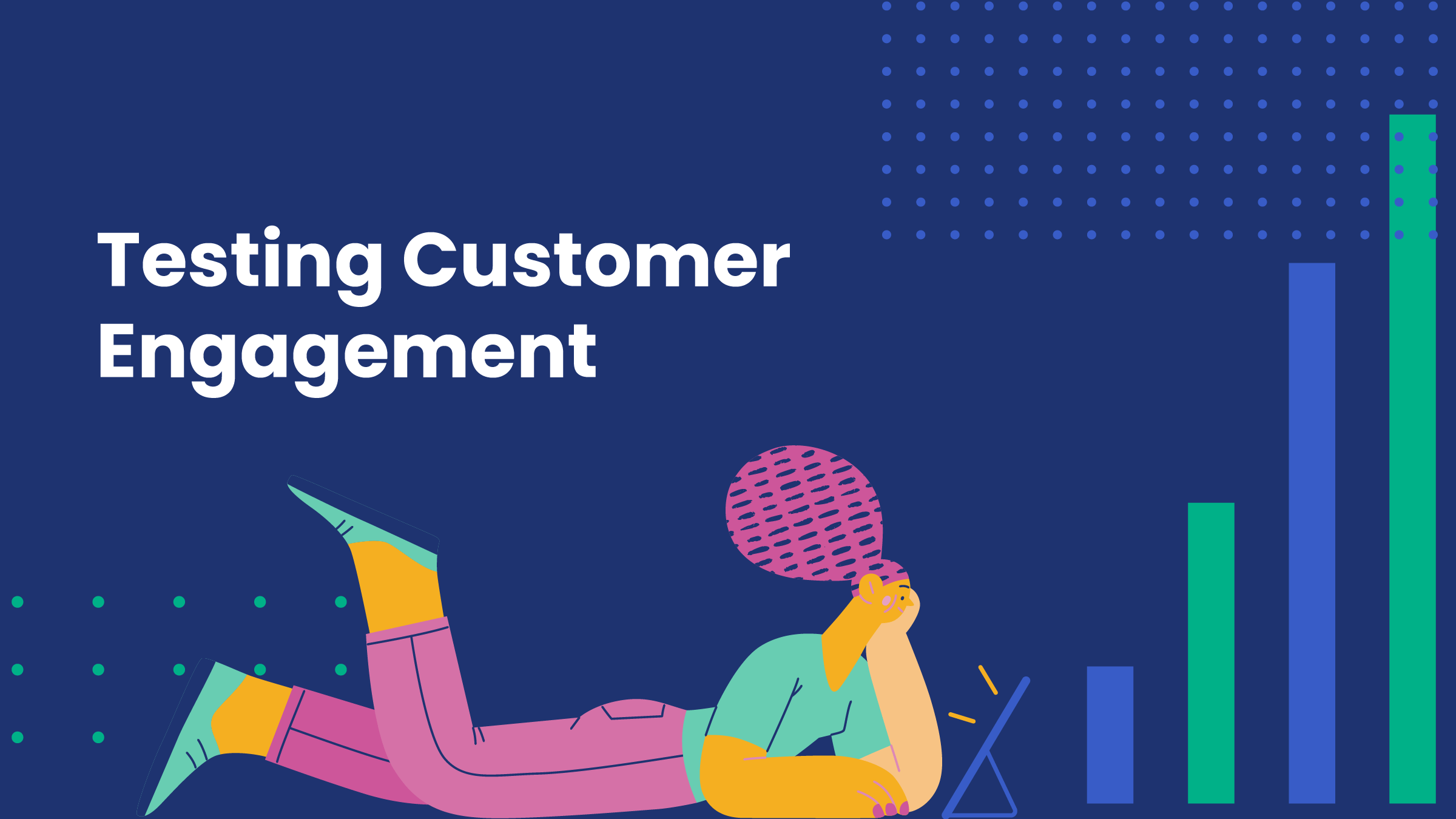
Consumers interact with government agencies in numerous ways: calling for help, reading information on your website, purchasing a license, or opening your emails. And with every touchpoint, your agency is competing with every digital experience people encounter — making each interaction important.
All of those individual interactions combined are customer engagement, and it’s how your agency builds a relationship with customers.
Why does customer engagement matter for government agencies?
Customer engagement is the way a company creates a relationship with its customer base to foster brand loyalty and awareness. Positive experiences lead to continued engagement, which eventually leads to trust and loyalty.
How engaged your customers become over time contributes to your agency’s:
- Reach
- Awareness
- Impact
- Revenue
- Retention
How we measured customer engagement for Ohio DNR
It’s pretty hard to improve customer engagement if you’re not testing and measuring it. But how is that calculated? Let’s take a look at one of our projects with the Ohio Department of Natural Resources (DNR) as an example.
We set out to help Ohio DNR test the effectiveness of their push notifications and establish a baseline for their new HuntFish OH Mobile App.
To start we needed:
- A reason to be reaching out to these customers (why are they hearing from us?)
- An action for them to take that would allow us to test the process all the way through (sign up, buy, register, etc.)
Our approach: A giveaway
A giveaway campaign could involve any type of product, service, or deep discount. This type of campaign gives your audience an incentive to interact with your agency, driving traffic and (ideally) expanding your audience.
Leveraging a free giveaway has several benefits:
- You have a broader audience compared to a specific content opt-in or sign-up request
- Everyone wants to win something of value
- It encourages participation by those who read but never take action
- People aren’t out anything if they don’t win
Here is the offer we came up with for our Ohio DNR engagement campaign
“Be 1 of 10 people to win a $25 Visa Gift Card with our Year-End User Appreciation Giveaway!”
The prize was inexpensive enough that Ohio DNR could choose multiple winners, and it gave us a reason to reach out with an offer that didn’t raise any red flags.
We sent out a series of push notifications through the app over the course of seven days with different copy and varying send times. This allowed us to test out what length of messaging performed better and if there was a time of day that encouraged more participation.
With engaged customers, we received clear and useful results for analysis and campaign modification.
Results overview
Android vs. iOS: Android users outperformed iOS users on all performance measures. Android users were much more likely to open the push notification at 27.1% (iOS = 15.2%) and access the landing page from the push notification at 13.75% (iOS = 6.4%). However, when it came to total conversion, the gap narrowed to just a 3.67% difference.
Abandonment rates among Android users were also higher, leading us to believe that push notifications perform better with Android users, but incorporating an inbox function (to store the message in the app’s inbox) is critical to increasing response performance.
Male vs. Female: Male and female performance was relatively similar. However, the abandonment rate indicated that female participants were less likely to convert from the app’s inbox message after not receiving or opening a push notification.
Comparing age groups: Gen Z and younger Millennials underperformed older generations in almost every metric. Open rates increased with age, with the best-performing age group being 46-55 years old.
The 65+ age group was the second-best performing age group. However, when it came to total conversion, 65+ dropped off, only outperforming the 18-24-year-olds. Overall, those in the 30-65 age group were the most likely to fill out and complete the form.
What happens after testing?
After you’ve collected the data from your engagement test, use the results to refine your marketing strategy. For example, if messaging with a push notification and a cached message in the app were both successful, use both in the future. Did a certain age group respond better to social posts over email? Now you know how to reach that demographic for future campaigns.
Stronger customer relationships come from understanding your audience, and regular engagement tests give you the data you need to:
- Improve your customer segmentation
- Pinpoint gaps in your communications
- Set realistic goals
- Strategically cross-sell, increase subscribers, or reduce churn
Looking for more content?
Get articles and insights from our monthly newsletter.
